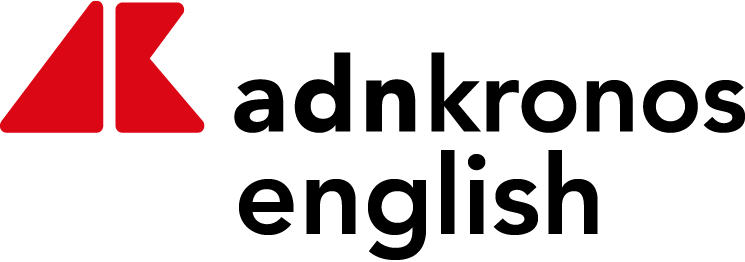(Adnkronos) – The European Commission presents the awaited White Paper for the future of European defense, i.e. its practical proposal for the development of the sector, while adopting the already known ReArm Europe plan, with the addition of the wording “Readiness 2030” to signal the intention of the Community executive to bring the EU to be ready to defend itself autonomously by that date. The package of measures, to be oriented following the indications of the White Paper, aims to strengthen the defense industry and fill the gaps in the military capabilities of the Member States by mobilizing investments of up to 800 billion euros and introduces financial instruments to accelerate modernization and cooperation in the defense sector.
The point is to avoid war by preparing for it, explains Defense Commissioner Andrius Kubilius at a press conference, flanked by the EU High Representative for Foreign Affairs Kaja Kallas. “Reports from Danish and German intelligence agencies indicate that the Kremlin intends to test the activation of Article 5 of the NATO Treaty by 2030,” he explains, referring to the Alliance’s collective defense clause and stressing the need to adopt a roadmap for 2030 and “act big.” “We will not stop Vladimir Putin by reading him the White Paper, but by translating it into action,” he adds, stressing that “450 million Europeans should not need to rely on 350 million Americans to deal with 150 million Russians who cannot defeat 38 million Ukrainians.”
The White Paper starts by defining the EU’s priorities in the military field: supporting Ukraine, closing the capability gaps of European armed forces, strengthening the defense industry, preparing for extreme crisis scenarios and strengthening international collaborations. In a statement, the Commission underlines the importance of a common approach to defense, while reiterating that the scope remains strictly within national competence and pointing out that this is not the start of the construction of a European army, which is not foreseen in any of the proposed measures or among the objectives of the EU executive. The strategic value of defense for economic growth is also highlighted, with repercussions in terms of innovation and employment in the industrial sector.
In practice, the ReArm Europe – Readiness 2030 plan aims to mobilize financial resources through three pillars: the use of national public funding, the creation of the Safe instrument (“Security Action for Europe”) for common expenditure and the involvement of private capital. The plan provides for the introduction of a fund of 150 billion euros in loans guaranteed by the EU budget, intended for the joint purchase of military equipment, with the aim of guaranteeing interoperability between the armed forces of the Member States, reducing costs and strengthening the European industrial base of defense.
The plan identifies seven key areas on which to focus investments: air and missile defense, artillery systems, missiles and ammunition, drones and anti-drone systems, critical infrastructure and space protection, military mobility, cyber, artificial intelligence and electronic warfare. From an economic point of view, the package should generate long-term benefits, with investments in technology and innovation, contributing to European industrial competitiveness, explains the EU executive in its communications.
Member States will be able to access the funds by submitting an industrial investment plan to the Commission. The loans will have advantageous conditions, with a duration of up to 45 years and a grace period of 10 years for the repayment of the capital. The resources will be granted on request, without pre-established allocation criteria, and the States will have to participate in joint tenders with at least one other Member State or involve Ukraine or Efta/See countries (respectively European Free Trade Association and European Economic Area: Norway, Iceland and Liechtenstein). In exceptional cases, they will be able to purchase independently provided that the contract is open to other States.
The documents also outline “Buy European” measures, strongly desired by France, which have been joined by other countries following the foreign policy reorientation of the US administration led by Donald Trump. Member States will have to purchase products from companies based and controlled in the EU, Efta or Ukraine. For war consumables, such as ammunition, at least 65% of the components must be of European origin. Furthermore, for complex systems, total control of the design by European industry will be necessary to avoid strategic dependencies.
The Commission stresses that the new initiatives do not aim to create a European army, but to strengthen national forces and their interoperability, in line with NATO standards. Brussels also reiterates its intention to maintain close cooperation with the Atlantic Alliance. The initiative also aims to integrate Ukrainian industry into the European defense industrial base, allowing Kiev companies to participate in joint tenders and access EU funds.
The first disbursement of funds should be available as early as 2025 and the deadline for final approval of the loans is set at 31 December 2030, the Commission underlines. The European Council will have to discuss and approve the details of the ReArm Eu plan at the summits of 21 March and 26-27 June 2025. And the European institutions aim to quickly translate the plan into concrete actions, with the first legislative measures, including the “Defense Omnibus” regulation which will simplify and harmonize regulations in the defense sector, arriving in June.




